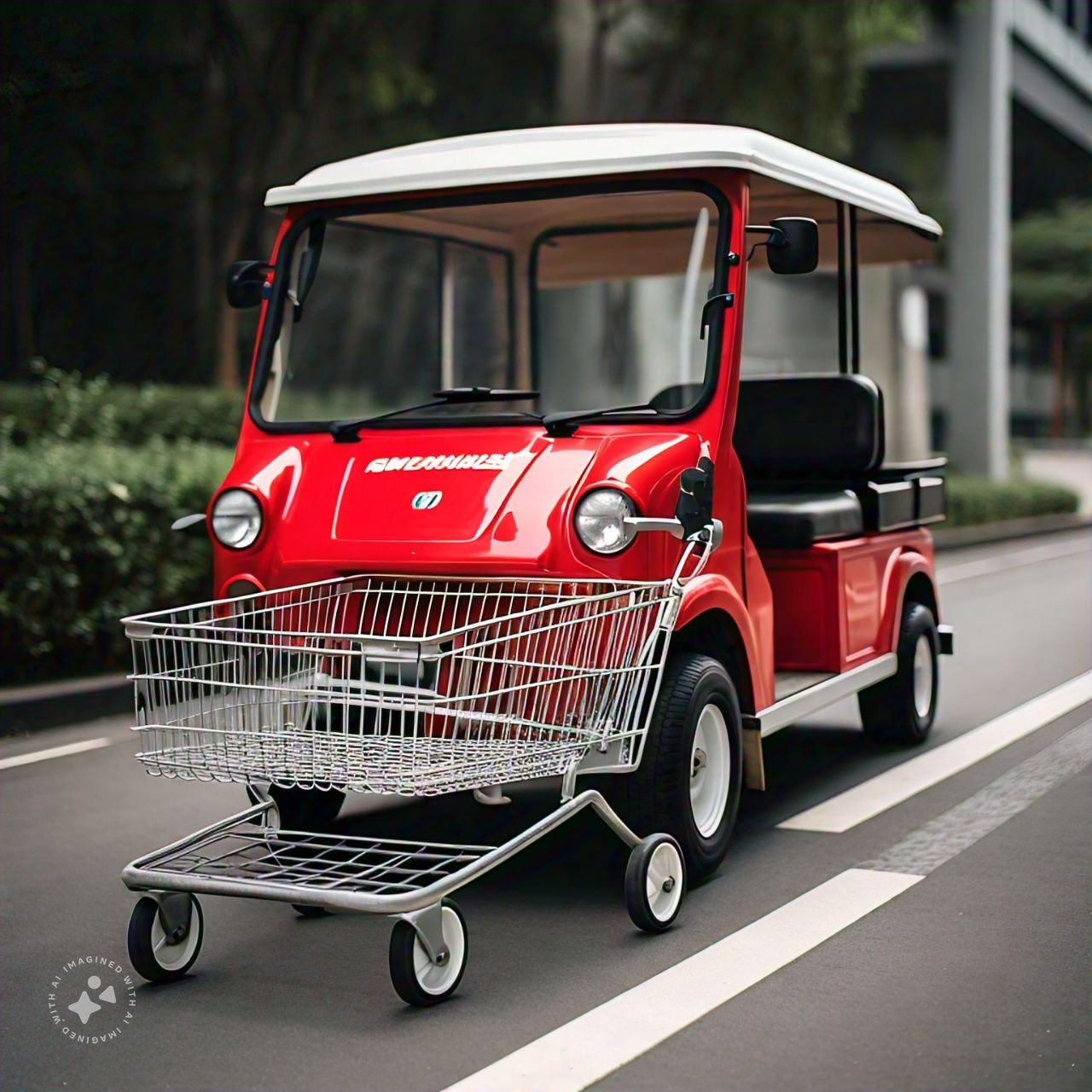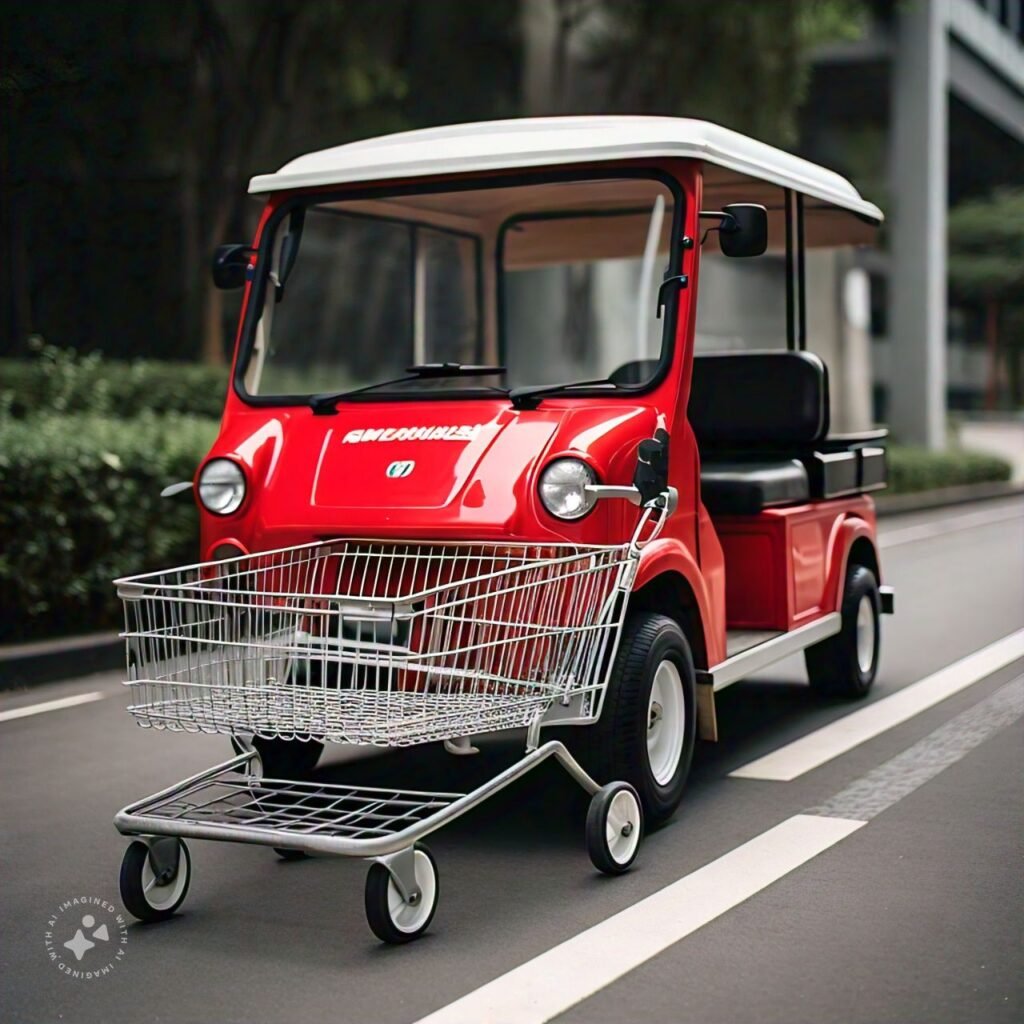When it comes to transporting heavy or bulky items, using a trolley can be a lifesaver. (Tie a Trolley to a Small Vehicle)
However, it’s crucial to ensure that the trolley is securely tied to your small vehicle to prevent any accidents or damage.
In this article, we will discuss the proper methods to tie a trolley to a small vehicle, ensuring a safe and hassle-free journey.
1. Choose the Right Tying Equipment
Before you begin tying the trolley to your small vehicle, it’s essential to have the right equipment on hand.
Here are a few items you may need:
- Ratchet Straps: These are heavy-duty straps with a ratchet mechanism that allows you to tighten and secure the trolley.
- Bungee Cords: These elastic cords are useful for securing lighter items on the trolley.
- Soft Loops: Soft loops are used to protect the vehicle and the trolley from scratches or damage caused by the straps.
- Hooks or Carabiners: These can be used to attach the straps to the trolley and the vehicle securely.
2. Inspect the Trolley and Vehicle

Before you start tying the trolley, it’s essential to inspect both the trolley and the small vehicle.
Look for any signs of damage, such as worn-out straps, broken hooks, or loose parts.
Ensure that the trolley’s wheels are in good condition and that the vehicle’s hitch or attachment point is secure.
3. Position the Trolley Correctly
Properly positioning the trolley on your small vehicle is crucial for a safe and stable transport.
Here’s how to do it:
- Center the Trolley: Place the trolley in the center of your vehicle’s hitch or attachment point. This ensures an even weight distribution and prevents any imbalance during transportation.
- Align the Wheels: Make sure that the trolley’s wheels are aligned with the vehicle’s wheels. This alignment reduces the risk of the trolley swaying or tilting during transit.
- Secure the Trolley: Use the trolley’s built-in locking mechanism, if available, to secure it to the hitch or attachment point. If the trolley doesn’t have a locking mechanism, use straps or ropes to secure it tightly.
4. Use Ratchet Straps for Heavy Items
If you’re transporting heavy items on the trolley, it’s best to use ratchet straps for added security.
Here’s how to use them:
- Attach the Straps: Attach one end of the ratchet strap to the trolley’s frame or handle. Make sure it’s securely fastened.
- Thread the Straps: Thread the straps through the trolley’s wheels or around the item you’re transporting. Ensure that the straps are tight and free from any twists or knots.
- Secure the Straps: Attach the other end of the straps to a sturdy part of your vehicle, such as the tow hooks or anchor points. Use the ratchet mechanism to tighten the straps until the trolley is securely in place.
- Double-Check: After tightening the straps, give them a firm tug to ensure they are locked in place and won’t come loose during transit.
5. Utilize Bungee Cords for Lighter Items
If you’re transporting lighter items that don’t require the same level of security as heavy items, bungee cords can be a convenient option.
Here’s how to use them:
- Secure the Trolley: Make sure the trolley is securely attached to the vehicle using straps or ropes.
- Position the Items: Arrange the lighter items on the trolley, ensuring they are well-balanced and won’t shift during transit.
- Attach the Bungee Cords: Hook the bungee cords to the trolley’s frame or handle and stretch them over the items to secure them in place.
- Check for Stability: Give the trolley a gentle shake to ensure that the items are secure and won’t fall off during transportation.
6. Use Soft Loops to Protect Surfaces
When using ratchet straps or bungee cords, it’s important to protect both the vehicle and the trolley from scratches or damage caused by the straps.
Soft loops can be used to create a cushioning barrier between the straps and the surfaces.
Here’s how to use them:
- Wrap the Soft Loops: Wrap the soft loops around the attachment points on the vehicle, such as the tow hooks or anchor points.
- Thread the Straps: Thread the ratchet straps or bungee cords through the soft loops before attaching them to the trolley.
- Secure the Straps: Follow the previous steps mentioned for using ratchet straps or bungee cords to secure the trolley in place.
7. Test the Stability
Once you have tied the trolley to your small vehicle using the appropriate methods, it’s essential to test the stability before hitting the road.
Give the trolley a gentle push or shake to ensure that it remains securely in place.
If you notice any movement or instability, recheck the straps and make necessary adjustments.
Conclusion
Transporting a trolley with a small vehicle doesn’t have to be a daunting task.
By following the proper methods and using the right tying equipment, you can ensure a safe and secure journey.
Remember to choose the right equipment, inspect the trolley and vehicle, position the trolley correctly, use ratchet straps for heavy items.
utilize bungee cords for lighter items, use soft loops to protect surfaces, and test the stability before hitting the road.
With these steps in mind, you can confidently transport your trolley and its contents without any worries.



